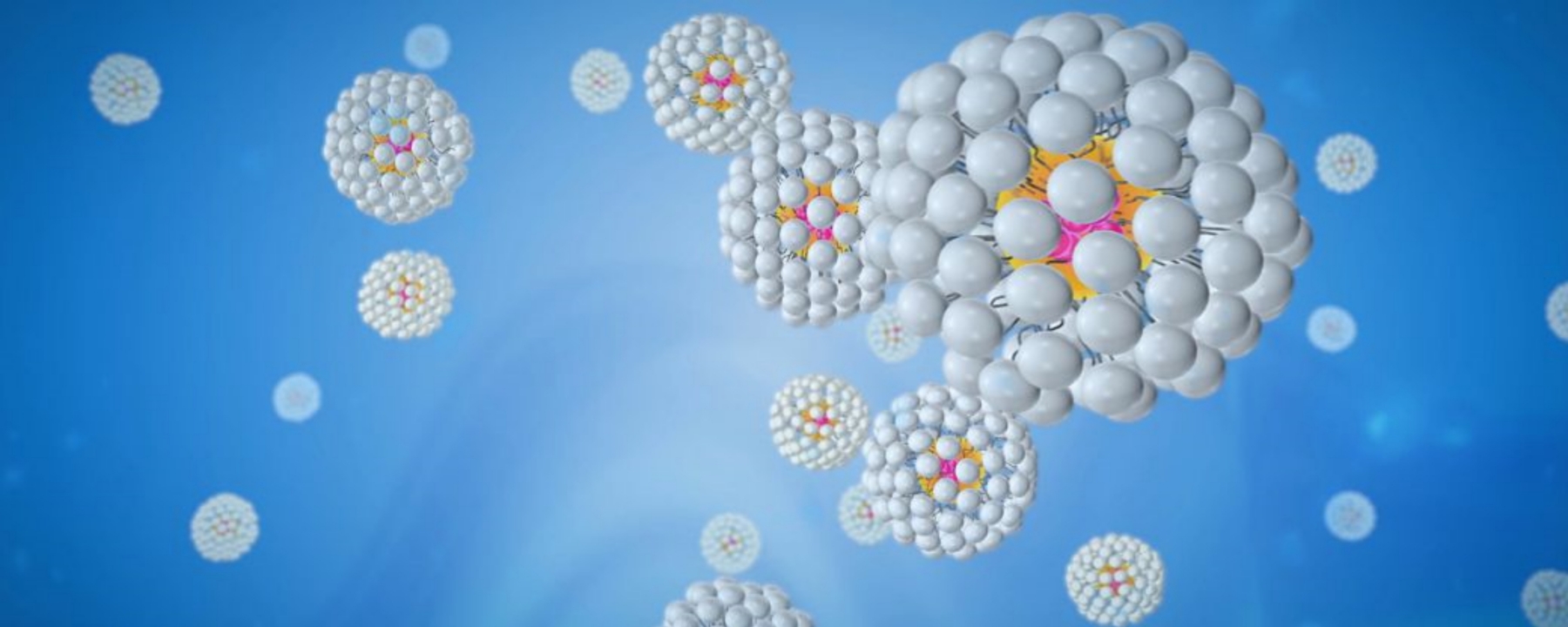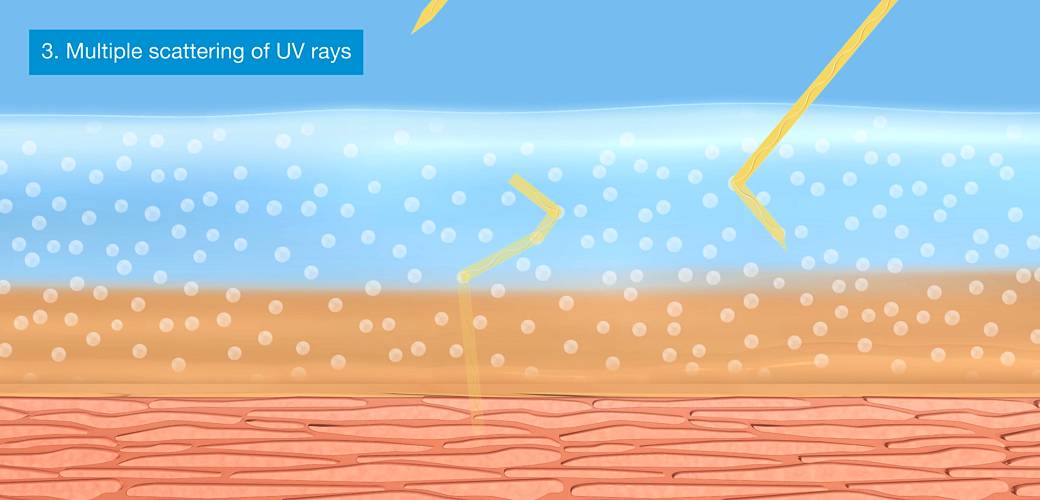
Sun protection
UV filter types
UV filters have to do a difficult job. They are expected to provide reliable protection against the different UV rays. Sunscreens and care products have to feel extremely pleasant too. Excellent scientific know-how is necessary to meet all demands.
The first sunscreens and their UV filters focused only on preventing UV erythema, otherwise known as a sunburn. Now sun care products have to do much more. "Modern UV protection has two pillars: one focuses on cosmetics and the other on health. Health is about reducing the risk of skin cancer. In the cosmetics pillar, we now know that UV radiation is one of the key reasons why skin ages prematurely, why wrinkles develop and why we look older than we actually are", says Markus Schwind, former Senior Marketing Manager for Sun Care, about the needs today's UV filters should satisfy.
A combination of effective UVB, UVA and/or broadband filters that provide overall protection has become a MUST. Clothing and textiles are a good example of this since they uniformly reduce the entire UV range radiation on the skin.
In addition, when developing new UV filters, it is important to think about what the end user wants and needs. Sensory technology is a big topic. Sunscreen manufacturers want their customers to feel good with the product and its application. Creams, lotions and oils should feel good so that end users enjoy using them.
This must all be taken into account when choosing the right UV filter or finding the right mix of different filters. Ultimately, UV filters are the protective ingredients in sunscreen products that can be mixed and should work in sync with other ingredients, such as emulsifiers and oils. Recipes and formulations must match to meet all these requirements.
UV filters descriptions to prevent misunderstandings
UV filters reduce the amount of UV light that penetrates the skin. Two different types of filters are used. "There are ORGANIC filters which are carbon-based. And there are INORGANIC filters, with mineral-based zinc oxide and titanium dioxide, free of carbon," explains Marcel Schnyder, Head of Global Technical Center Sun Care. "When we talk about filters, we usually don’t describe these as chemical and natural, or physical filters because these groupings can be misleading," Schnyder continues.
These groupings cause misunderstandings amongst consumers and media which have a lasting effect on the image or acceptance of some filters. "For example, so-called natural filters are not really natural," says Schnyder. Even inorganic filters are chemical filters. Why? Because they are produced by chemical means. It has nothing to do with being extracted from a natural raw material.
Click here for the video from Breaking Lab on YouTube: "This is what the world looks like in UV!". With Marcel Schnyder, Head of Global Technical Center Sun Care, as interview partner. (Video in German language)
ZnO and TiO2 act as photocatalysts, which can cause the formation of free radicals. To counteract the formation of these free radicals, inorganic filters are covered with a coating. This prevents possible photocatalytic activity on the skin that you definitely want to avoid.
Inorganic filters must be particles. This means you need a crystal, or rather a crystallite. It takes many molecules to form the crystalline structure which creates energy bands, similar to a semiconductor. Only when this happens, UV radiation can be absorbed by which an electron is elevated to a higher energy band.

When we talk about filters, we usually don’t describe these as chemical and natural, or physical filters because these groupings can be misleading-
Marcel Schnyder
Head of Global Technical Center Sun Care
Absorption enables protection
Similar to the energy bands in certain inorganic crystals, organic filters already have levels of energy present in the molecules. Since there was a misconception for a long time that inorganic filters only scatter and reflect light and UV rays, which are physical phenomena, the term physical UV filters was soon coined. "We cannot keep on using this term like this. Protection from the scattering and reflection of light is about 10%, whereas 90% is from the absorption of UV radiation," says Prof. Dr. Bernd Herzog, Global Development UV Protection / Scientific Liaisons.
Most organic filters are dissolved in cosmetic oils or in water. Some, though, are not very soluble in these fluids at all and because of this, are prepared as particulate dispersions. Since some of these particles have a value of less than 100 nm, they are, by definition, considered nanoparticles. Protection from UV radiation occurs mainly through absorption, similar to ZnO and TiO2. Since they are particles, radiation is also scattered. Similar to inorganic filters, this accounts for about 10% of the protective effect. Scattering is also particularly effective because it provides excellent broad spectrum protection.
90% of the protective effect comes from absorption
The absorption mechanism of organic filters focuses on the absorption of light by molecules. They absorb UV radiation converting it into harmless heat. This energy has to be “processed” without reacting with other molecules or even being destroyed. If this happens, filters lose their effectiveness.
There is a maximum concentration of individual UV filters allowed in a product and cannot be arbitrarily increased. The maximum permissible concentration for the two inorganic oxides is 25% in most countries, while the limit for organic filters is normally between 4% to 15%.
Industry experts in UV protection
Highly effective and reliable UV filters, a special oil and emulsifier selection for formulations with great sensory appeal, products for all skin types and each exposure level – our Sun Care segment develops trendsetting solutions.
To the market segment




